
How Long Does an Electric Bike Battery Last? Guide to Battery Lifespan
How long does an electric bike battery last? Most e-bike batteries keep going for 500-1,000 charge cycles, which means about 3-9 years of happy riding. That's about 12,500 to 35,000 miles before you'll need a replacement!
Your battery's lifespan depends on its quality and how you treat it. Premium batteries from good brands naturally last longer. Plus, with proper care, you might squeeze 5+ years from your battery before it starts to slow down.
Each charge typically gives you 25-35 miles of riding fun. Want to make your battery last even longer? Read on for simple tips anyone can follow!
Electric Bike Battery Lifespan Basics
Electric bike batteries have a wide range of lifespans depending on several factors. Understanding both how long they typically last and what affects their lifespan can help you get the most out of your e-bike investment.
Average Battery Life (Years, Cycles, and Mileage)
Most e-bike batteries last between 2 to 10 years in real-world conditions. This wide range happens because how you use your bike matters a lot!
In terms of charge cycles, most batteries handle between 500 to 1,000 full charges before they start losing significant capacity. One charge cycle means using all the battery's power, whether in one ride or across several days.
For distance, you can expect about 12,500 to 35,000 miles from a quality battery. That's like riding from New York to Los Angeles and back several times!
If your e-bike gets 25-35 miles per charge, this translates to many years of reliable service. Lithium-ion batteries commonly used in e-bikes today perform much better than the older lead-acid batteries, which had shorter lifespans.
Key Factors Affecting E-Bike Battery Longevity
How you treat your battery makes a huge difference in how long it lasts. Temperature is super important - batteries hate extreme heat and cold!
Charging habits matter too. Try not to let your battery drain completely before recharging.
Keeping it between 20% and 80% charged is best for long-term health.
Storage tips:
- Keep in cool, dry places
- Store at about 40-60% charge if not using for weeks
- Avoid leaving in freezing garages or hot cars
Your riding style affects battery life too. Constantly using maximum power drains batteries faster than riding on eco mode.
Hilly terrain and carrying heavy loads also make your battery work harder.
Battery quality makes a big difference. Premium batteries from well-known brands typically last longer than cheaper alternatives.
The voltage (like 24v, 36v, or 48v) doesn't necessarily determine lifespan, but higher quality components do.
Now you understand battery lifespan, why not find an e-bike that's easy to mount? Check out our step thru electric bike collection for comfortable riding with reliable batteries!
Maximizing Your E-Bike Battery Life

Taking good care of your e-bike battery can make it last much longer than expected. With the right habits, you can extend your battery's lifespan by several years and save money on replacements.
Proper Charging and Storage Techniques
Keep your battery between 20% and 80% charged whenever possible. Research shows this simple habit can increase your battery life by 2-3 times!
Avoid letting your battery sit completely empty or fully charged for long periods.
Don't leave your charger plugged in overnight. Once your battery reaches full charge, unplug it to prevent overcharging damage.
Store your battery in a cool, dry place away from direct sunlight. The ideal temperature is between 50-70°F (10-21°C).
If you won't use your e-bike for more than a month, store the battery at about 40-60% charge.
Clean the battery contacts occasionally with a dry cloth. Dirt can affect connections and performance.
Riding Habits That Preserve Battery Health
Use pedal assist instead of full throttle when possible. This reduces strain on your battery and extends its life.
Plan routes with fewer steep hills if battery preservation is important to you. Climbing puts extra demand on your battery.
Avoid deep discharges where you run the battery completely empty. This stresses the battery cells and shortens their lifespan.
Maintain proper tire pressure! Low tires create more resistance, making your motor work harder and using more battery power.
Try to maintain a steady pace rather than frequent stops and starts. Constant acceleration requires more power.
Seasonal Considerations and Temperature Effects
Your battery works best between 60-75°F (15-24°C). Performance drops in extreme temperatures, especially cold.
In winter, bring your battery indoors when not riding. Cold temperatures below freezing can reduce capacity by up to 50%!
Avoid charging a very cold battery. Let it warm to room temperature first for about an hour.
During hot summer days, try to park your e-bike in shade. Heat is especially harmful to batteries and can permanently reduce capacity.
Consider using a neoprene battery cover in cold weather to insulate your battery during rides. This small investment helps maintain performance when temperatures drop.
Battery maintenance is just the beginning. Discover complete care instructions in our guide on Essential Tips to Keep Your Electric Bike Riding Like New for peak performance!
When to Replace Your E-Bike Battery

Knowing when to replace your e-bike battery can save you from unexpected breakdowns and help you plan for the expense. Most e-bike batteries last between 3-5 years with proper care, but various factors affect their lifespan.
Warning Signs of Battery Degradation
Watch for decreased range as your first clue of battery decline. If your normal 20-mile ride now leaves you stranded halfway, your battery capacity is shrinking.
Strange noises or overheating during charging are serious red flags. Never ignore these symptoms as they could indicate safety issues.
Check how long your battery holds a charge. If it drains unusually fast or won't maintain power when not in use, replacement time is near.
Notice if your bike struggles on hills or provides less power assistance than before. This reduced performance often means your battery cells are weakening.
Use a multimeter to test voltage if you've had your battery for 2+ years. This simple check can reveal its true condition.
Replacement Costs and Options
New e-bike batteries typically cost between $300-$800 depending on capacity and brand. Higher voltage batteries with more range will sit at the upper end of this price range.
Consider third-party alternatives if manufacturer batteries are too expensive. Just make sure they're compatible with your bike's systems and voltage requirements.
Some bike shops offer battery rebuilding services. They replace worn cells while keeping the original case and electronics, often saving you 30-40% compared to new batteries.
Factor in future use when deciding. If you ride daily for commuting, investing in a high-quality battery makes financial sense.
Weekend riders might choose more budget-friendly options.
Ask about warranties! Quality replacement batteries should come with at least a 1-year guarantee against defects.
Recycling Old Batteries
Never throw e-bike batteries in regular trash! They contain hazardous materials that can harm the environment and even cause fires.
Many bike shops accept old batteries for recycling as part of their service. Some might even offer a small discount on your new battery when you bring in the old one.
Look for dedicated battery recycling centers in your area. Call ahead to confirm they accept lithium-ion e-bike batteries specifically.
Some manufacturers have take-back programs where they'll properly dispose of your old battery. Check their website or call customer service to learn about these options.
Battery recycling recovers valuable materials like lithium, cobalt, and nickel. This reduces the environmental impact of mining these resources for new batteries.
Conclusion
Taking care of your electric bike battery doesn't have to be complicated. Simple habits like proper charging, storage at room temperature, and avoiding extreme conditions can add years to your battery's life. These small efforts pay off big time!
Remember, how long your e-bike battery lasts is largely in your hands. With good care, you'll enjoy thousands of miles before replacement becomes necessary. Your wallet will thank you, and you'll spend more time riding and less time shopping for new batteries.
Want a long-lasting battery without breaking the bank? Read Affordable Electric Bikes: The Fastest Commute to find budget-friendly options with quality power systems!
Frequently Asked Questions
What's the average lifespan of an e-bike battery?
Most e-bike batteries last between 3 to 5 years with regular use. This translates to about 500 to 1000 charge cycles before you might notice a drop in performance.
The quality of your battery makes a big difference in how long it lasts. Higher-end batteries tend to last longer than cheaper options.
Your riding habits also affect battery life. If you use your e-bike daily, expect the battery to wear out faster than if you only ride on weekends.
What are some tips for extending the life of my electric bike battery?
Avoid fully draining your battery whenever possible. Try to keep the charge level between 20% and 80% for everyday use.
Store your battery in a cool, dry place when not in use. Extreme temperatures can harm battery cells.
Charge your battery regularly, even if you don't ride for a while. A monthly charge helps keep the cells active.
Don't leave your battery plugged in for days after it's fully charged. This can stress the battery management system.
How much will a replacement battery for my electric bike set me back?
Replacement batteries typically cost between $200 and $800. The price depends on the battery's capacity, voltage, and brand.
Larger capacity batteries with more range will cost more. A battery that lets you ride 50+ miles on a charge will be at the higher end of the price range.
Some bike manufacturers use proprietary batteries that can only be purchased from them. These often cost more than standard options.
What factors affect the range of my e-bike battery on a single charge?
Your weight and the weight of any cargo you're carrying directly impact range. Heavier loads require more power to move.
Hills and rough terrain drain batteries faster than flat, smooth roads. A hilly route might cut your range in half compared to flat riding.
Wind resistance makes a difference too. Riding into a strong headwind forces your motor to work harder.
The assistance level you choose affects range dramatically. Using the highest power setting might give only half the range of the eco mode.
Temperature matters a lot! Cold weather can reduce your range by 20-30% compared to riding on a warm day.
How long will it typically take to fully charge my e-bike battery from empty?
Most e-bike batteries need 3 to 6 hours to charge completely. Smaller batteries charge faster than larger ones.
Fast chargers can cut charging time in half, but they might reduce your battery's overall lifespan if used regularly.
Some newer e-bikes have quick-charge features that can give you 50% battery in about an hour. This is great when you're in a hurry.
Partial charges take less time. Topping up from 50% to 100% will take roughly half the full charging time.
The Latest Posts
Explore isinwheel products
City E Scooter | Off-Road Scooter
Fastest Scooter | Kids Scooters
how long does an electric bike battery last ·




















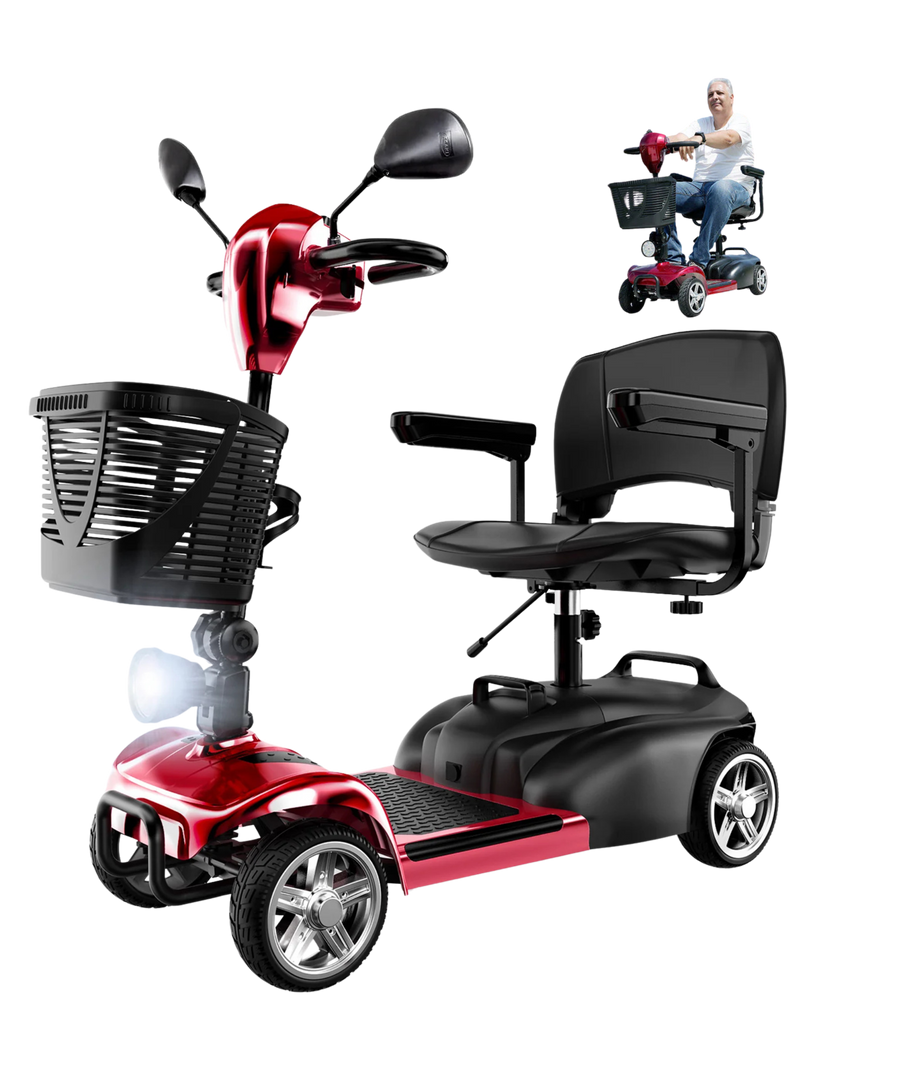



























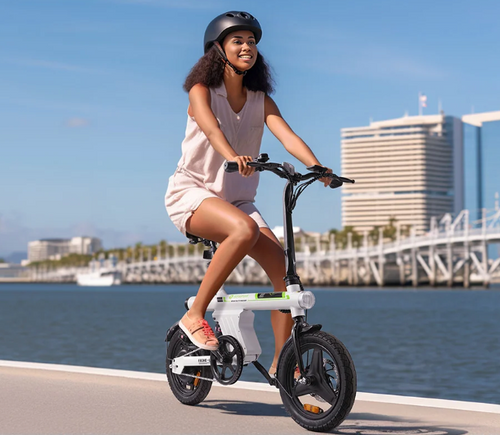





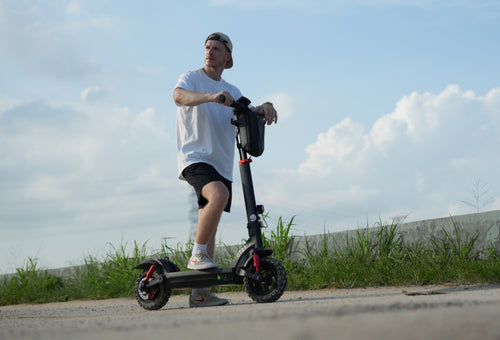
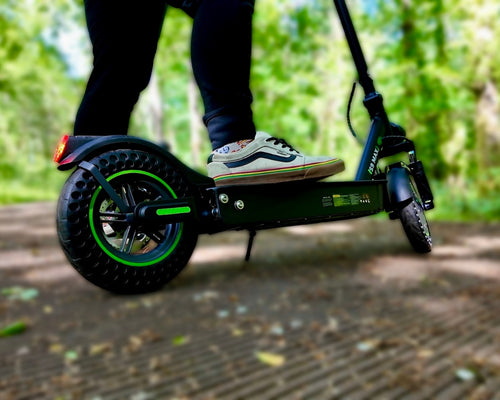

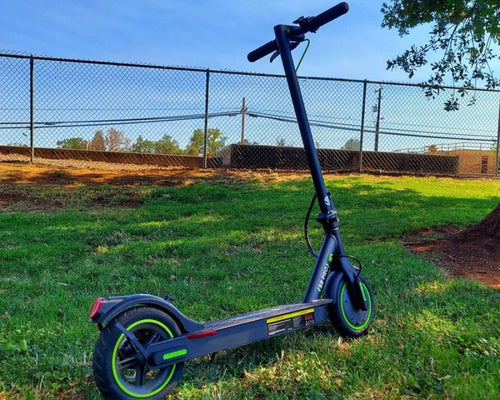





Leave a comment